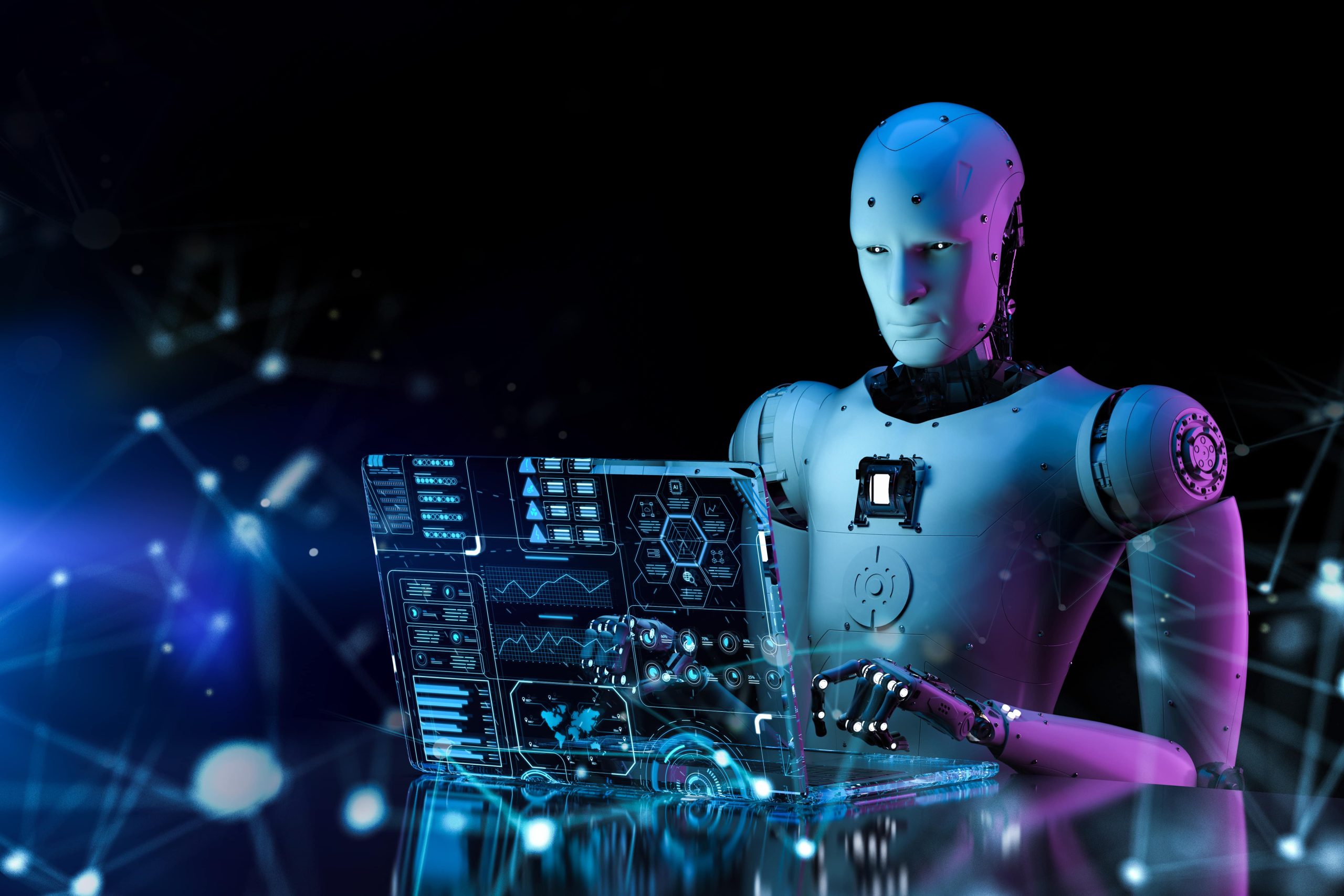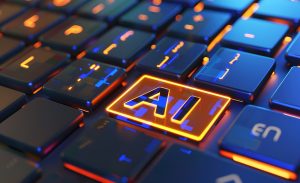In the ever-evolving landscape of artificial intelligence and deep learning, PyTorch has emerged as a versatile and powerful tool that finds application in a wide range of domains. From academic research to industrial deployments, PyTorch’s dynamic computation graph and user-friendly interface have made it a favorite among data scientists and machine learning engineers. In this article, we explore three key areas where PyTorch shines.
Computer Vision: Building the Eyes of AI
Computer vision, the field of teaching machines to interpret and understand visual information, has seen significant advancements thanks to PyTorch. Researchers and developers leverage PyTorch’s neural network modules and GPU acceleration to create state-of-the-art image recognition systems, object detection algorithms, and facial recognition technologies. PyTorch’s flexibility allows for rapid experimentation, enabling the development of novel computer vision models with ease.
Natural Language Processing (NLP):
Unleashing the Power of Text
PyTorch has become a preferred choice in the realm of NLP, enabling the creation of cutting-edge language models and sentiment analysis tools. Its automatic differentiation capabilities and dynamic computation graph make it ideal for recurrent neural networks (RNNs) and transformers, two crucial components in NLP. With PyTorch, developers can fine-tune pre-trained models like BERT and GPT, customizing them for specific language understanding tasks.
Reinforcement Learning:
Training Agents to Make Decisions
In the field of reinforcement learning, PyTorch plays a pivotal role in training intelligent agents to make decisions in dynamic environments. Its compatibility with popular reinforcement learning libraries, such as OpenAI’s Gym, simplifies the implementation of algorithms like deep Q-networks (DQN) and policy gradients. Researchers use PyTorch to experiment with and refine reinforcement learning techniques for applications like game playing, robotics, and autonomous systems.
In conclusion, PyTorch’s adaptability and robustness have established it as a go-to framework for a wide array of AI applications. Whether you’re delving into computer vision, diving deep into natural language understanding, or teaching machines to make strategic decisions, PyTorch empowers you to unlock the full potential of artificial intelligence and drive innovation in your chosen domain.








